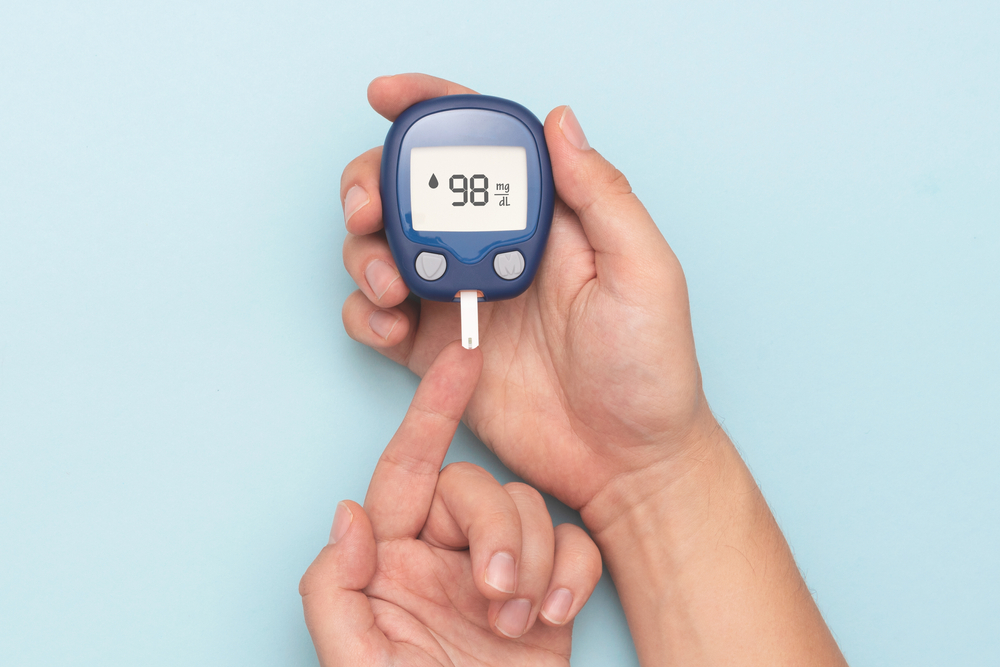Researchers at healthcare research company Klick Labs have developed a machine learning model that can determine the presence of type 2 diabetes from a brief voice recording of just 6 to 10 seconds.
The model shows a maximum test accuracy rate of 89% for women and 86% for men when combined with other metrics like body mass index (BMI).
“Our research highlights significant vocal variations between individuals with and without type 2 diabetes and could transform how the medical community screens for diabetes,” commented Jaycee Kaufman, a research scientist at Klick Labs.
The method, published in Mayo Clinic Proceedings, requires a short smartphone-recorded audio clip.
“Current methods of detection can require a lot of time, travel and cost. Voice technology has the potential to remove these barriers entirely,” Kaufman added.
The study involved the analysis of 18,000 recordings, aiming to identify unique acoustic features that distinguish diabetic from non-diabetic individuals, detecting subtle differences in pitch and intensity imperceptible to the human ear.
Later stage or advanced diabetes can impact the voice by causing nerve damage and impairing blood flow, leading to conditions such as neuropathy that affect the vocal cords. This can result in a weak, hoarse, or tired-sounding voice.
Additionally, diabetes can lead to dry mouth due to reduced saliva production, further contributing to voice issues.
Emphasizing the growing role of AI in healthcare, the researchers believe that this voice technology could be extended to diagnose other health conditions.
Yan Fossat, Vice President of Klick Labs, shared, “Our research underscores the tremendous potential of voice technology in identifying Type 2 diabetes and other health conditions. Voice technology could revolutionize healthcare practices as an accessible and affordable digital screening tool.”
More about the study
This is a fascinating study, but is it methodologically robust?
The sample size is relatively small, and there’s limited information about how advanced diabetes is in the diabetic group and little information about the control group.
Nevertheless, predicting the subtle tonal qualities of speech in diabetics certainly seems possible for those with advanced or unmanaged forms of the disease.
Here’s a closer look:
- Objective: The study attempts to investigate whether voice analysis could help prescreen or monitor type 2 diabetes mellitus (T2DM). Researchers focused on identifying differences in voice recordings between individuals with and without T2DM.
- Methodology: 267 participants, both men and women, including nondiabetic and T2DM individuals, recorded a fixed phrase multiple times daily for two weeks using a smartphone app. This process generated over 18,000 recordings. The team extracted 14 different acoustic features from these recordings to analyze and compare the voices of nondiabetic and T2DM participants.
- Findings: The researchers discovered significant differences in the voice recordings of both men and women when comparing nondiabetic participants to those with T2DM. They identified specific voice features that accurately predicted T2DM status, particularly when combining them with age and BMI data. Maximum test accuracies reached 89% for women and 86% for men.
- Implications: These results indicate that voice analysis holds potential as a prescreening or monitoring tool for T2DM. This method could be especially useful in remote communities, providing an accessible and noninvasive option for early detection and ongoing monitoring.
The concept of diagnosing disease through a voice recording might seem far-fetched, and it’s essential to recognize that the best results were only obtained when recordings were combined with BMI.





